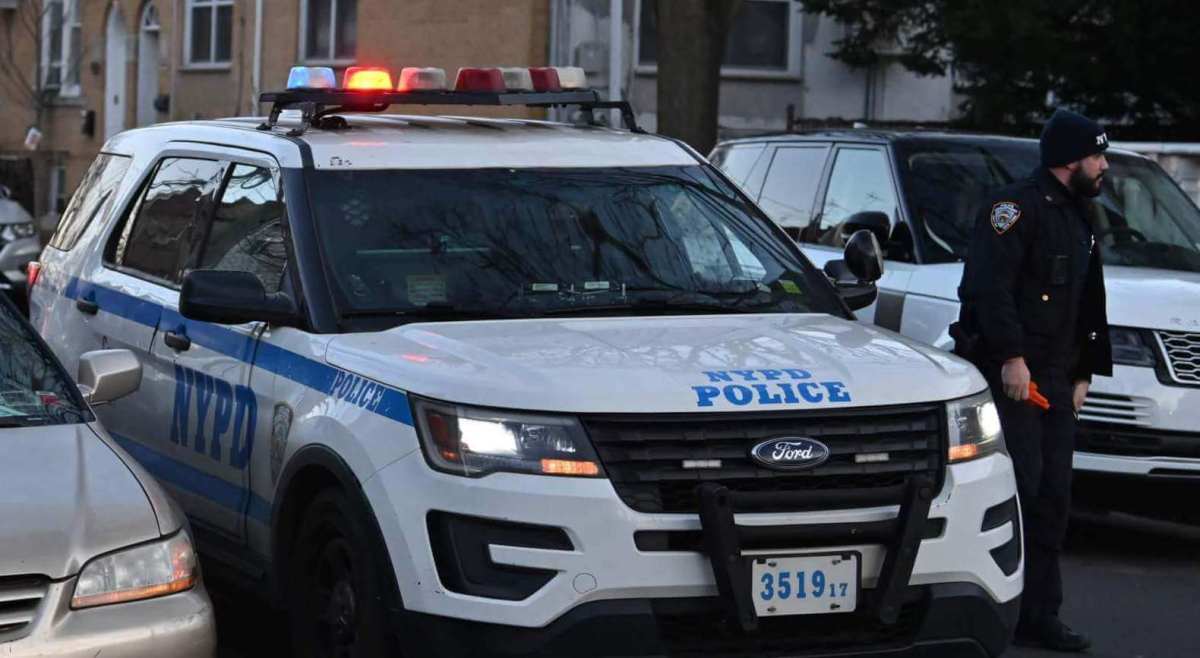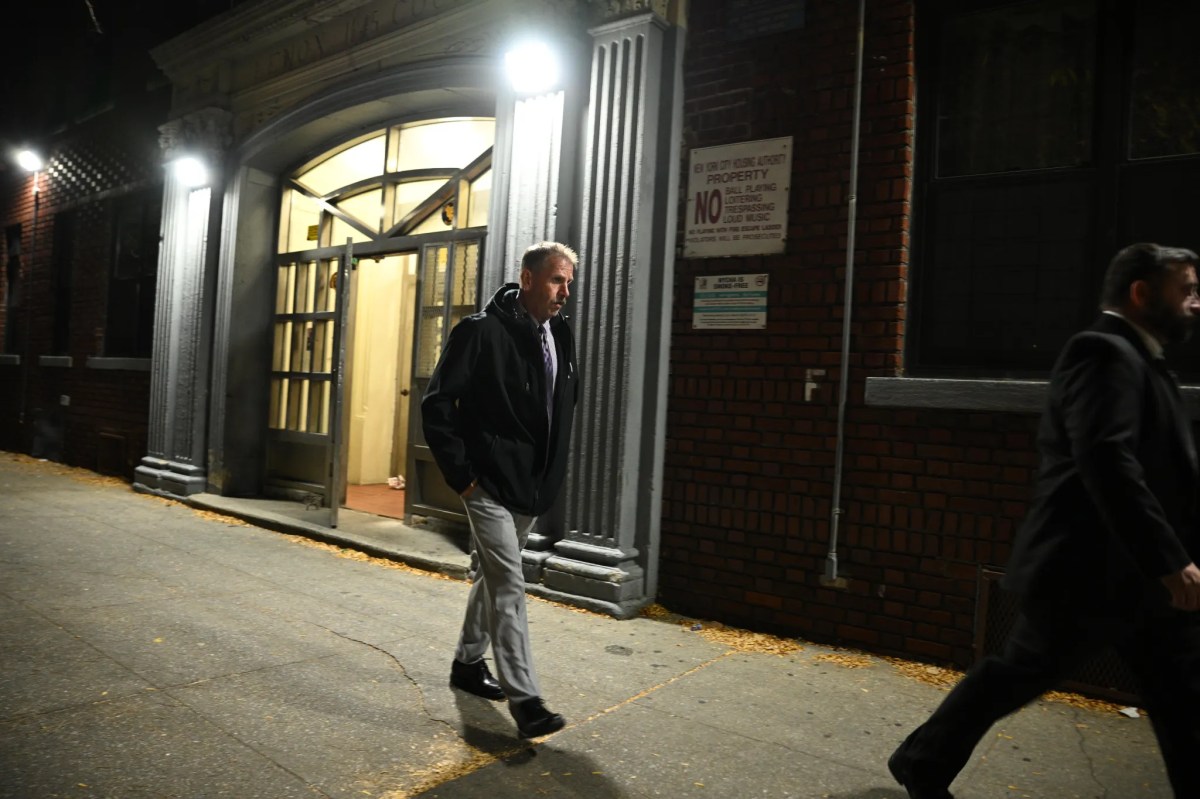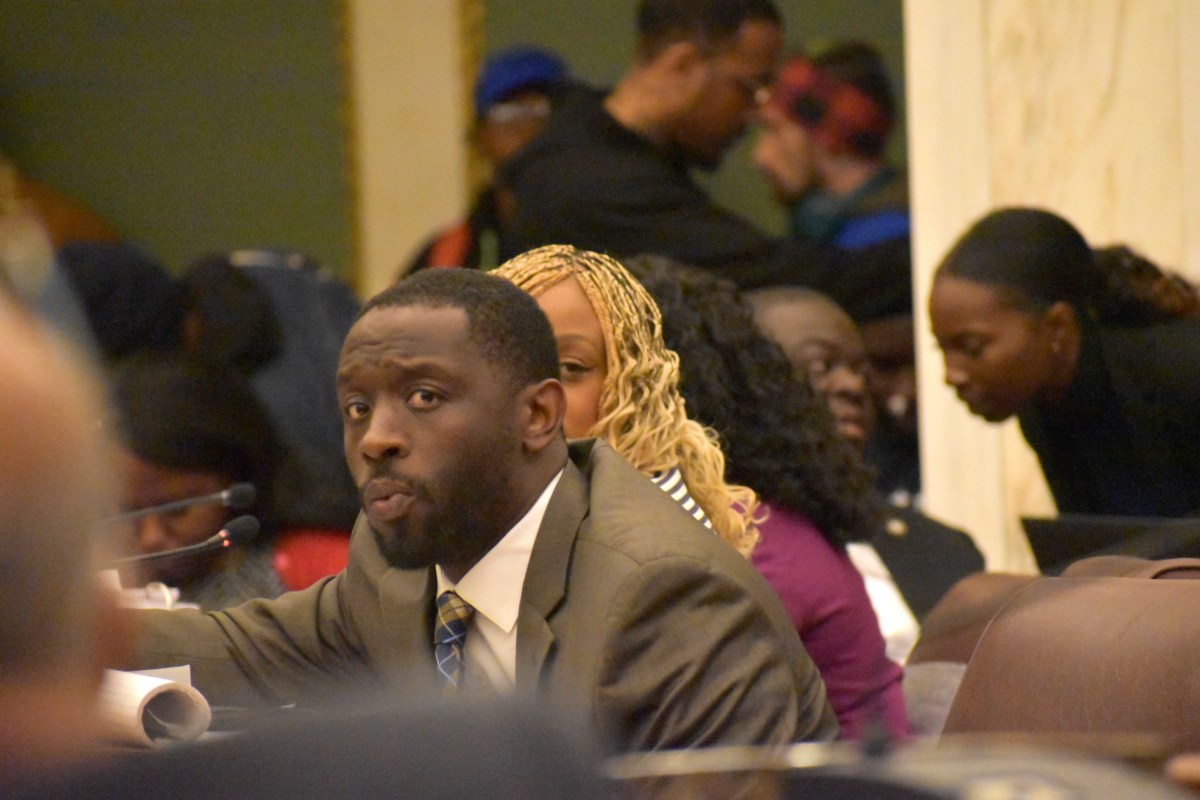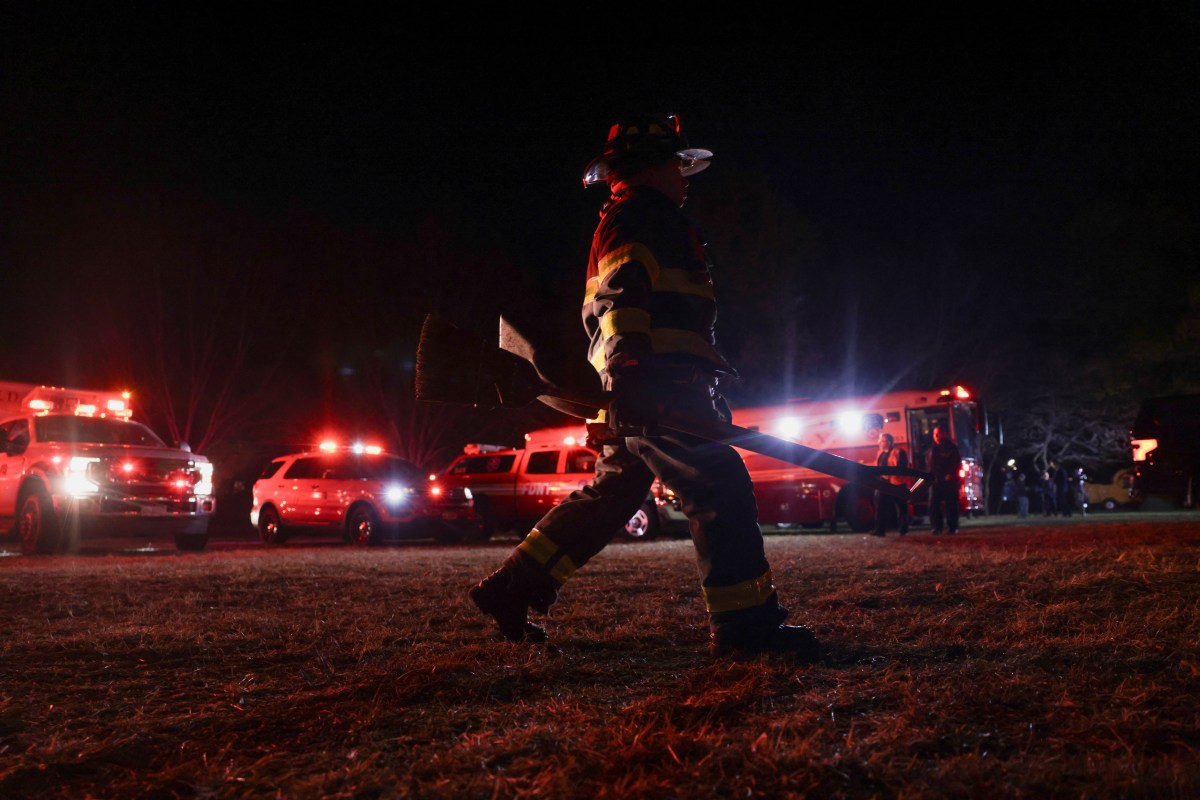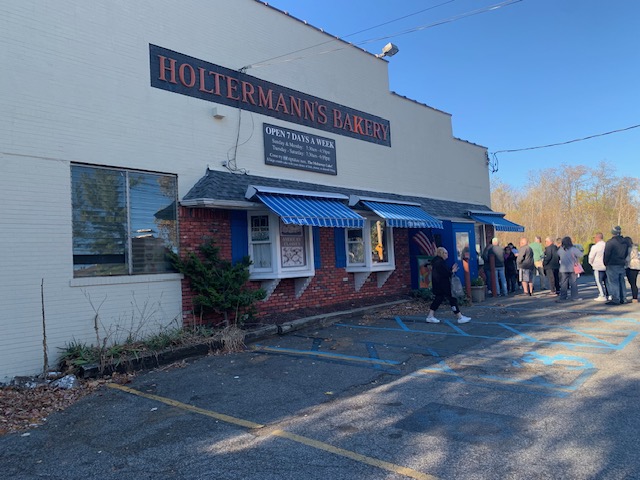WASHINGTON (AP) — Nearly two years after overturning the constitutional right to abortion, the Supreme Court will consider Wednesday how far state bans can extend to women in medical emergencies.
The justices are weighing a case from Idaho, where a strict abortion ban went into effect shortly after the high court’s 2022 decision overturning Roe v. Wade. The case marks the first time the Supreme Court has considered a state ban since then, and comes as the justices consider another case — still pending — seeking to restrict access to abortion medication.
The Biden administration argues that hospitals must be allowed to terminate pregnancies in rare emergencies where a patient’s life or health is at serious risk, even in states where abortions are banned. Idaho says its law does have an exception for life-saving abortions, and it contends the Biden administration wants to define health emergencies more broadly to turn hospitals into “abortion enclaves.”
Idaho is one of 14 states that now ban abortion at all stages of pregnancy with limited exceptions. Most Republican-controlled states have started enforcing new bans or restrictions since Roe was overturned, and 22 states filed court papers supporting Idaho. The Supreme Court has allowed the Idaho abortion ban to go into effect, even during emergencies, as the case played out.
Idaho’s ban has already affected emergency care in the state, said Dr. Jim Souza, the chief physician executive of Boise-based St. Luke’s Health System. Since the law went into effect for emergencies in January, six pregnant emergency-room patients have had to be flown out of state for treatment. Just one needed a similar emergency flight in all of 2023, he said.
Abortion is considered routine treatment for some pregnancy emergencies, like when a woman’s water breaks before a fetus is viable. Idaho doctors see a patient at least weekly with that issue, which puts women at risk for infection, sepsis and hemorrhage. But in order to stay within bounds of Idaho’s abortion law, doctors now must wait to ensure those patients are close to death before offering abortion treatment, Souza said. “There’s a lot of second-guessing and hand-wringing. Is she sick enough? Is she bleeding enough?” he said.
Attorneys for the state of Idaho contend the exceptions to its abortion ban do allow for life-saving abortions, as well as treatment for ectopic pregnancies and accidental terminations in emergencies. The state says the Biden administration has overstated healthcare woes to create a backdoor despite the Supreme Court’s 2022 ruling putting abortion in the hands of the states.
“It’s just the government crying wolf in the hopes of persuading the justices to adopt a position contrary to what the law says,” said John Bursch, an attorney with the group Alliance Defending Freedom and Idaho co-counsel.
The Justice Department originally brought the case against Idaho, arguing the state’s abortion law is in conflict with the 1986 Emergency Medical Treatment and Active Labor Act, known as EMTALA. It requires hospitals that accept Medicare to provide emergency care to any patient regardless of their ability to pay. Nearly all hospitals accept Medicare.
Two weeks after Roe was overturned, the Democratic Biden administration put out guidance saying the law requires abortions in emergencies with serious life or health threats.
The Idaho suit was filed shortly after. A district court judge initially sided with the administration and ruled that abortions were allowed in medical emergencies, but after wrangling at the U.S. 9th Circuit Court of Appeals the Supreme Court sided with Idaho and allowed the law to go fully into effect in January.
Idaho says the law is meant to ensure patients are stabilized by hospitals rather than turned away, and doesn’t dictate an exact standard of care.
The Biden administration’s reading of the law would open a “’mental health’ loophole for abortion” and allow doctors to make subjective determinations about what constitutes a serious health threat, the state argues. “EMTALA does not require emergency rooms to become abortion enclaves in violation of state law.”
The law also says hospitals are responsible for stabilizing “the health of the woman or her unborn child,” language that indicates there wasn’t an expectation that it would require abortions, Idaho argued. “Both EMTALA and the Idaho Defense of Life Act are life affirming laws. There’s no conflict between them,” Bursch said.
The Justice Department says the language refers to labor and delivery and doesn’t preclude hospitals from stabilizing a woman with necessary treatment, especially when serious risks to her health also endanger a fetus. Its reading of the law would cover only abortions needed to stabilize a patient, relatively rare situations that can have “life altering consequences,” federal attorneys wrote.
If the Supreme Court sides with Idaho, it could push more doctors to leave states with abortion bans and expand “ maternity care deserts, ” said Dr. Caitlin Gustafson, an Idaho physician. Nearly a quarter of obstetricians and more than half of maternal fetal medicine doctors have left Idaho since shortly after Roe was overturned, according to a study released in February. Abortion opponents, meanwhile, say that a lack of healthcare access, especially in rural areas, is a wider issue that’s not necessarily related to abortion bans.
A win for the state could also weaken the emergency healthcare protections that EMTALA provides across the country, said Molly Duane, a senior staff attorney at the Center for Reproductive Rights. “Who is overseeing these hospitals and making sure the patients get the lifesaving and health saving care that they need to protect themselves, their families, the pregnancies, their future pregnancies?” Duane said.
The Biden administration is also facing other court battles over its guidance on abortions and emergency care. The 5th Circuit Court of Appeals ruled against the administration in January, finding that EMTALA does not require Texas hospitals to provide abortions in emergency rooms. The Justice Department has appealed that decision, but asked the high court to wait until ruling in the Idaho case.
The Supreme Court is expected to rule by the end of June.












